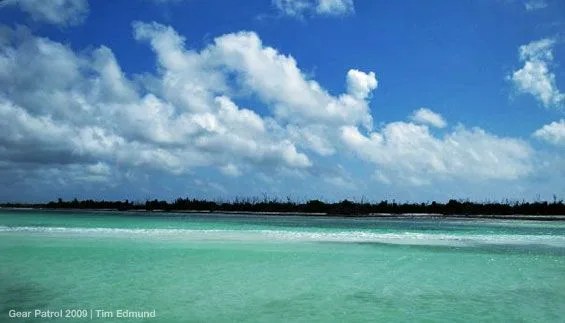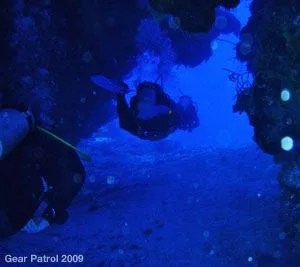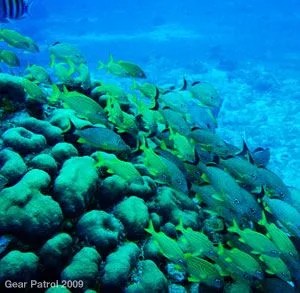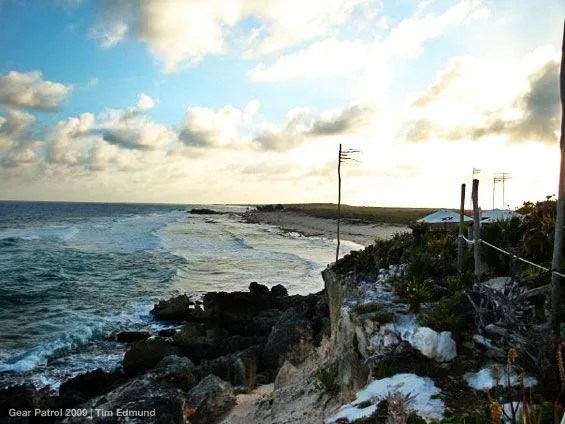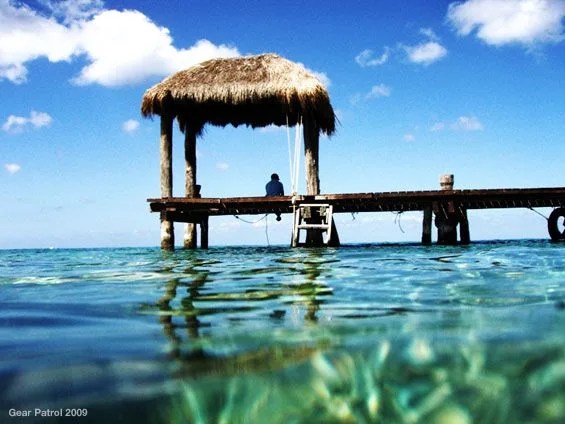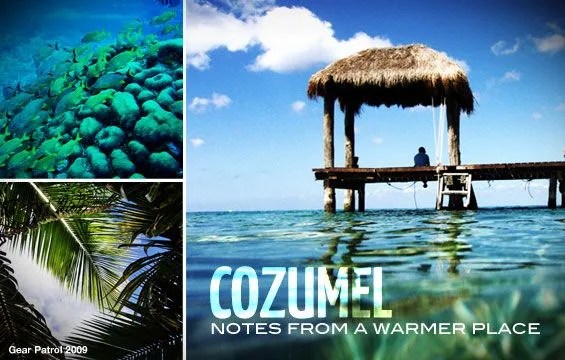
It’s always a good omen when you see a shark on your first dive.
We had dropped down to 80 feet on Palancar reef when I spotted the distinctive dorsal and pectoral fins of a five-foot blacktip. I banged my tank to get my wife’s attention and made the vertical hand-to-head signal for shark. The current was running around two knots so there was no time to linger and the shark wasn’t too eager to oblige us a second look. He headed for the reef wall and dropped over the edge into 1,000 feet of dark blue. Yes, it was going to be a good week.
February is a cruel month in Minnesota. The holidays have faded from view and you’re staring ahead at two more months of the coldest darkest winters this side of Siberia, regardless of what that groundhog says. Facing this prospect, it didn’t take long for my wife and I to pack our dive bags and scour Priceline.com for a cheap ticket to someplace warm. Roatan? Too far. Grand Cayman? Too expensive. We settled on Cozumel – three hours due south, no jet lag, cheap, and as many dive sites as Minnesota has frozen lakes.
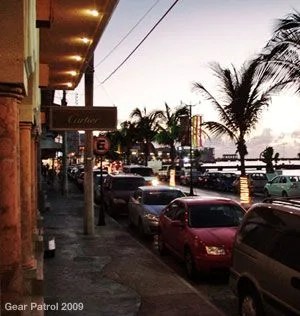
Despite its proximity to the buffet-stuffed and Corona-soaked tourist trap that is Cancun, Cozumel retains an element of authenticity to it. Sure, there are high rise hotels and Cartier boutiques along Rafael Melgar Avenue, but walk back a few blocks and you’ll find quaint and quiet residential streets and local businesses. In the evenings, locals gather to play with their kids in the plazas and enjoy late dinners in open-front taquerias.
We found a small, five-room hotel, called the Coral Reef Inn, run by a couple of happy, expat Canadians with two pet huskies. The place had rinse tanks and drying racks for salty scuba gear and a thatch-topped rooftop kitchen for guests to cook meals and hang out in the breeze. Being there a week, we settled into an island routine – a nightly trip to the supermarket for groceries and beer, post-dive afternoon siestas, and early morning coffee and fruit on the terrace.

